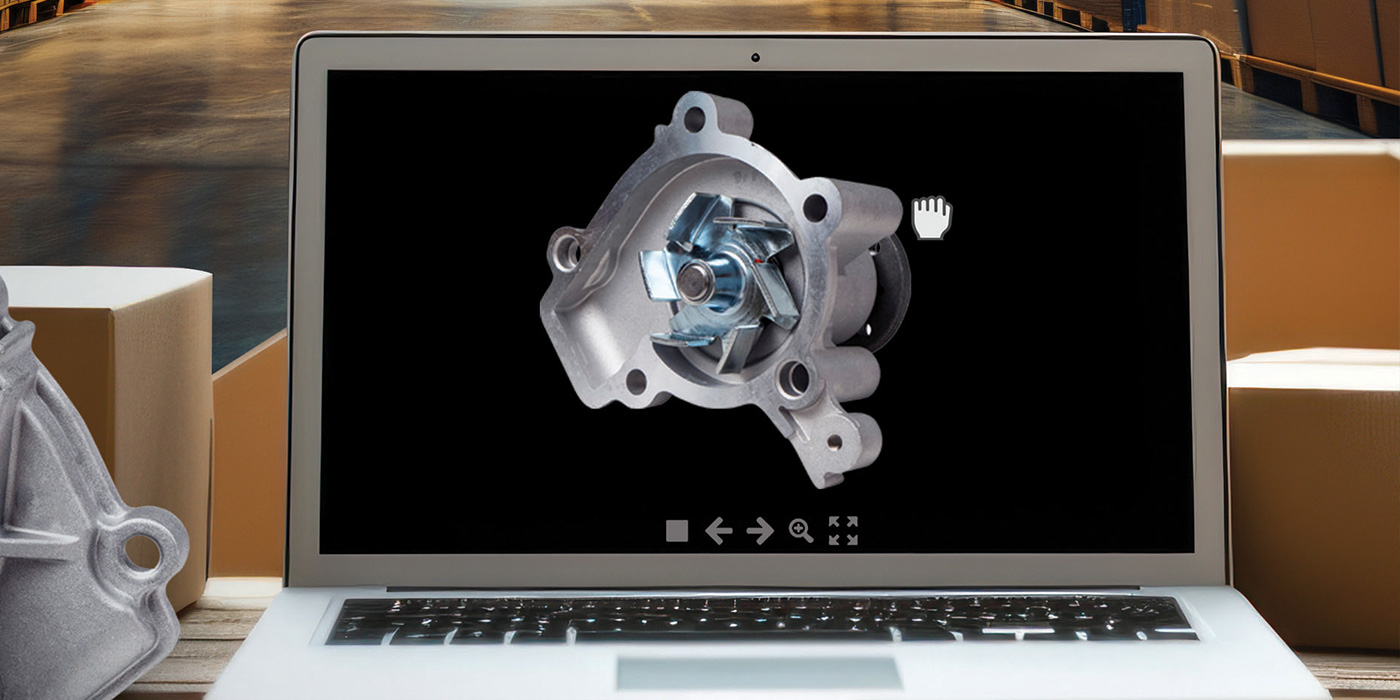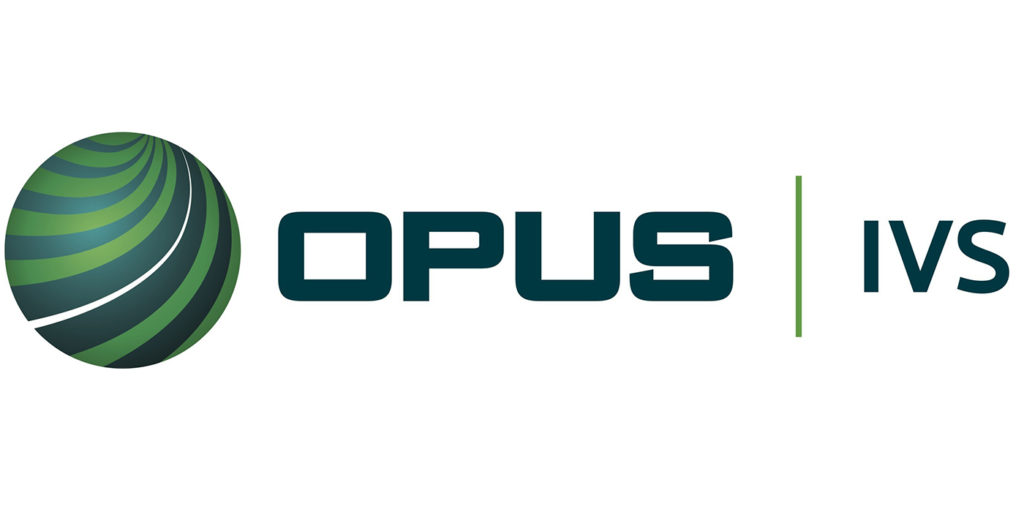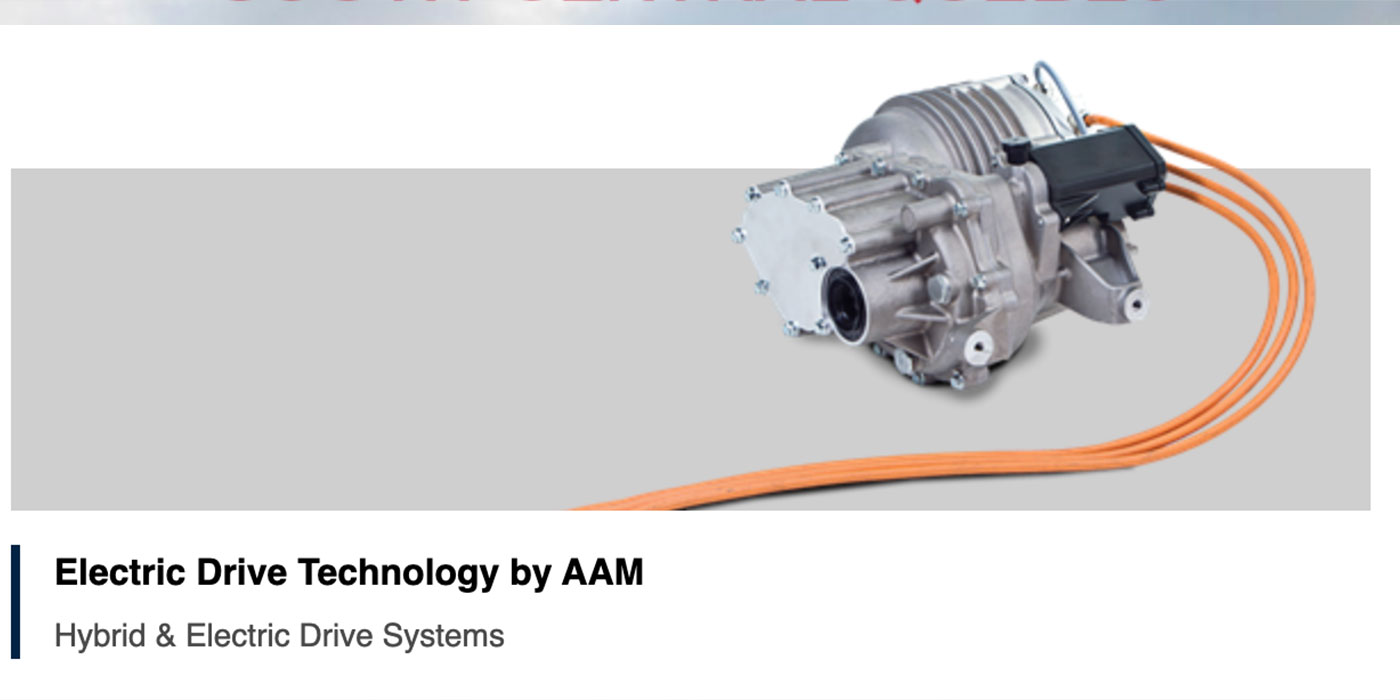Editor’s Note: The following article is part one of a three-part series by special guest contributor Chuck Udell, a senior partner at Essential Action Design Group. The article, inspired by a popular presentation Udell has given to numerous aftermarket professionals, addresses the importance of building a sense of ownership among all employees from top brass to floor staff. As we witness dramatic changes in the North American aftermarket, a sense of ownership and loyalty among all employees may play a critical role in the future success of our industry, says Udell.
Part 1 of 3 by Chuck Udell
Sustainable success is the goal of all companies. Every company I have worked for or with has had a mission statement. Most have a vision statement and in recent years, I have seen more companies publish or even engrave on plaques their values statements. Yet, I continue to be perplexed by the responses of some sales representatives, managers and customer-facing employees when I ask them the purpose of their jobs. Seldom do I receive responses that support or articulate the mission, vision or values of their own companies.
Every CEO or president with whom I visit with can proclaim what I call “The Three Clarities:”
1. Clarity of Direction
2. Clarity of Structure
3. Clarity of Measurement
However, these “clarities” become less clear the farther away I get from corporate headquarters.
Why does this dysfunction still exist in aftermarket companies? In the past, many aftermarket-manufacturing companies were typically structured around independent functions that were coordinated from the top; a need for cooperative working relationships across units and divisions was rarely acknowledged. Engineering, manufacturing, marketing, sales, technical/administrative support and distribution were product-, channel- or customer-centered. The potentially destructive practice of internal competition for market share was not only tolerated, it was encouraged and rewarded.
The construction of silos internally within the company was inadvertently and architecturally designed and built with measurement systems, egocentric strategies, parochial politics and budget battles that rewarded short-term performance results.
In today’s aftermarket environment, we must recognize the considerable advantages to be gained by working collaboratively across boundaries within a company and even with channel partners who compete to deliver finished goods and services at the revenue wellhead.
We exist in an era when being a big company is no longer a safety net or guarantee of success. Two of the largest bankruptcies in history have happened since 2001. An outrageous reality is that 66 percent of the largest business bankruptcies in U.S. history have been filed in the past 55 months.
You and I live and do business at a time in history where General Motors and Ford have had their bonds (one-step below secured creditors) downgraded to “junk bond” status. The future is not going to be like the past. The brutal truth is that the future is not even going to be like the present.
This series of articles is structured to explore the survival significance of communicating the Clarity of Direction (focus), Clarity of Structure and Clarity of Measurement to all employees and stakeholders.
How can this be achieved in the aftermarket? Are there lessons that can be learned from the most successful non-automotive companies and how they continually outperform their rivals – throughout business cycles and throughout phases of technological developments and global competition? One thing we have learned from non-automotive, high-performing and sustaining companies is their “talent” focus.
The old adage is correct: all work gets done through people, and if you want to bring about positive and sustainable change in your company, you must enthusiastically address the human variable in your improvement efforts. This human variable is not the soft side of improvement; it is the hard reality of motivating, influencing and equipping your employees to produce higher performance and change the status quo.
The challenges and inherent difficulties of communicating and cascading your “clarities” to everyone in your company and distribution channel are not unique to the aftermarket. The data from a recent Harris poll of 23,000 U.S. employees in key functional areas at their companies is sobering. Only 37 percent said they have a clear understanding of what their company is trying to achieve. While only 20 percent were enthusiastic about their team’s or company’s goal. Only one in five said they have a clear “line of sight” between their tasks and their company’s goals.
One person out of 10 in the Harris poll said that their companies “actually” hold people accountable for results. Only 17 percent felt their company fosters open communication that is respectful of differing opinions that could result in new and better ideas. Only 15 percent responded that they work in a high-trust environment within their company.
If you translate this data into a more recognizable venue of autumn Saturday and Sunday afternoons; your favorite college and NFL football teams’ offensive or defensive squads would profile like this: Only four of the eleven players on the field would know which goal line was theirs. Only two of the eleven would care. Nine of the eleven would not know what position they play, or what exactly they are supposed to do. While three were trying to work together, the other nine, in some way, would be competing against their own team members rather than the opponent.
Only 13 percent of the poll respondents said they have high-trust, highly cooperative working relationships with other groups or departments at their companies.
Steadily leading and managing an aftermarket company in a constantly changing economic climate is a requisite for achieving both performance and sustainability. Current turbulent economic conditions have altered the collective wisdom and minds of many aftermarket executives to pure survival. Surviving is good, thriving is better!
Having the three clarities only known or supported at the top of the organizational chart is no longer acceptable. Today’s aftermarket leadership must have laser-like focus on its direction if it expects to achieve desired outcomes. The real challenge is building a true broad-based commitment to the three clarities from each and every employee – including explaining financial results, commercial and strategic issues.
How do you build a broad-based understanding, support, alignment and ownership of the Direction (focus), Structure and Measurements of your company so that they are embedded in the accountability of every employee? Is it possible to mobilize your current “brain trust” to discover common ground (clarities), and to align your resources, practices and systems in a manner that ensures a unified focus for the attainment of your established goals?
In the next two articles in this series I will share examples of functionally based, process-based, matrix-based, loose and tight accountability approaches from non-automotive companies that have built understanding and ownership among all employees. In fact, I will share how a luggage handler can articulate the economic engine of his airline; how a picker/packer in a warehouse explained the bottom line profit impact of returned “alleged defective” items; and how a non-exempt minimum wage employee explained the lifetime value of her customer.
About the author:
Chuck Udell, MAAP, is a senior partner with Essential Action Design Group, a Charlotte, NC-based consultancy that provides research, needs analysis, design and deployment of performance improvement training programs for retail and B2B sales organizations. Udell is a veteran officer of the U.S. Air Force. He received his MBA in finance and marketing from the University of Rochester and his BS from the University of Virginia. For 10 years, Udell served as a consumer products analyst for over-the-counter products with Marion Merrill Dow pharmaceuticals. He served for more than five years with Mobil Chemicals’ Hefty Trash Bags division as its product specific financial analyst for all channels. Udell is an active member in AAIA and AASA. He is the former president of the University of the Aftermarket and is also an active member of the American Society of Trainers and Developers, and continues his research initiatives in cataloging performance best practices and maximized employee effectiveness.
To email Chuck, click here.













